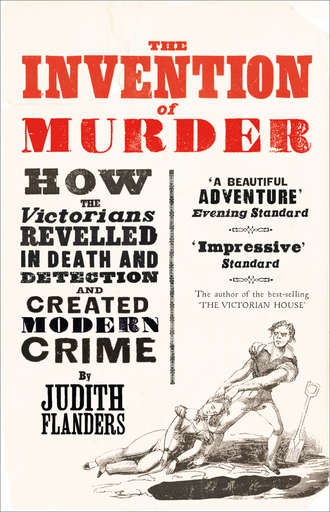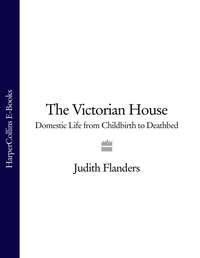The Invention of Murder: How the Victorians Revelled in Death and Detection and Created Modern Crime

Полная версия
The Invention of Murder: How the Victorians Revelled in Death and Detection and Created Modern Crime
Жанр: историческая литератураисторическая научная и учебная литературановое времясерьезное чтениеоб истории серьезно
Язык: Английский
Год издания: 2018
Добавлена:
Настройки чтения
Размер шрифта
Высота строк
Поля
Конец ознакомительного фрагмента
Купить и скачать всю книгу



